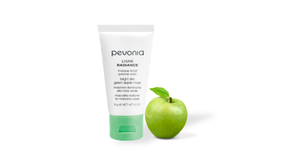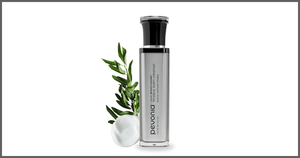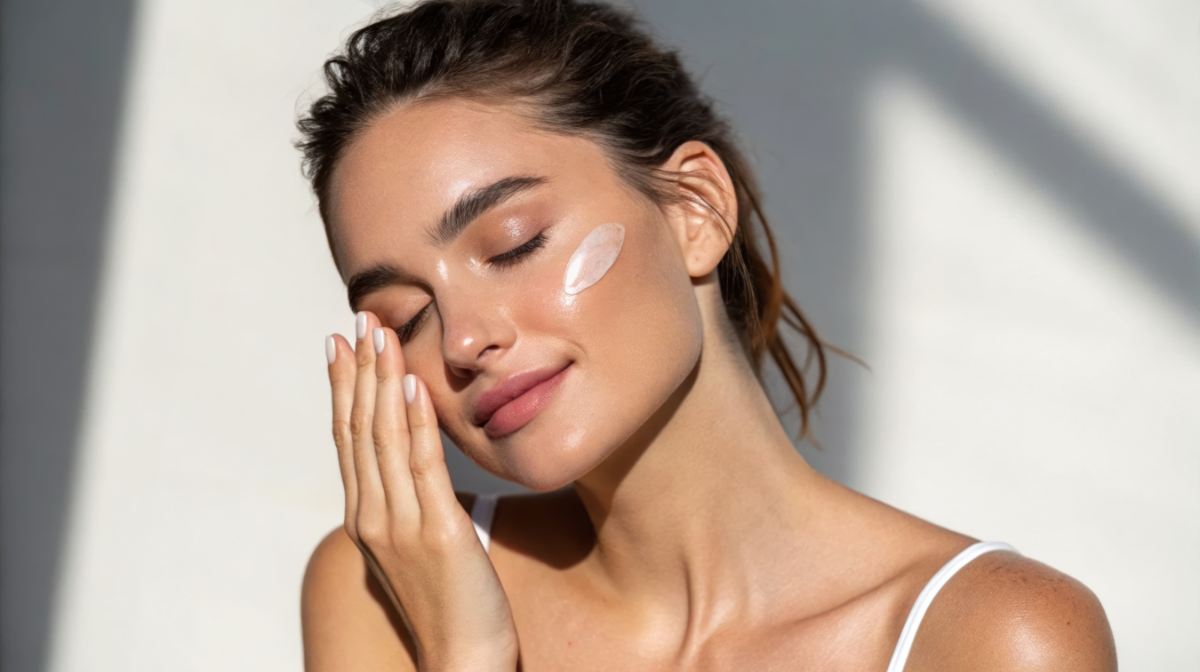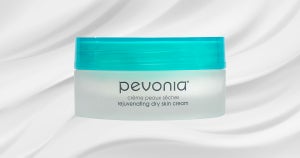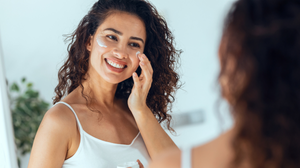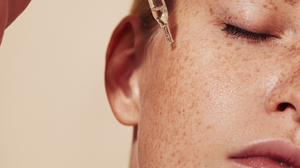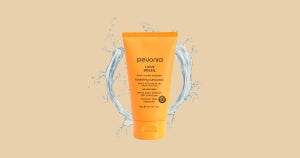
You’ve run out of face moisturizer, but can a body moisturizer step in as a quick substitute?
At first glance, they seem and look similar. After all, they both work to moisturize your skin – so what’s the difference?
We’re here to clear your curiosity, so you’re applying the right product for the intended part of your care routine.
From formulation differences to potential risks of using them interchangeably, you’ll learn if you can use body lotion on your face and what to do to achieve a healthy-looking complexion.
Can You Put Body Cream on Your Face?
If you’re in a pinch, applying a body moisturizer to your face once in a while usually won’t cause harm.
However, it’s not a habit we recommend.
Face and body moisturizers are formulated differently to suit the unique needs of each area.
What's the Difference Between Body and Face Moisturizers?
While both body and facial moisturizers aim to keep your skin moisturized, they are formulated to meet very different needs, including your skin’s thickness.
Because of these differences, using the right product for each area is key to achieving healthy, comfortable skin.
Below, we break down the main distinctions across texture and absorption as well as ingredients and formulations, highlighting the importance of why your body and face need their own tailored moisturizing routines.
Texture and Absorption
Body moisturizers come in various forms, like lotions and creams, which usually differ in their thickness and texture.
Creams are generally richer and luxurious, built to tackle those stubborn dry spots like elbows, knees and feet.
You may notice that these formulas can take time to sink into your skin and lock in moisture.
Whereas face moisturizers, tend to be feather-light and quick-absorbing, gliding onto your complexion effortlessly, perfect for layering under SPF or makeup.
Ingredients and Formulations
Body moisturizers are rich in occlusive ingredients that work to lock in moisture on thicker areas of skin like elbows, knees and feet. Many also include fragrance for that extra indulgence.
Some occlusives are designed to block transepidermal water loss, and in certain cases, may increase the risk of clogged pores, due to facial skin generally needing lighter, non-comedogenic formulas.
Face moisturizers, in contrast, are typically lighter and designed to be non-comedogenic.
This is because the stratum corneum, the outermost layer of skin, is thinner on the face than on the body and has a higher density of sebaceous glands, making it more prone to moisture loss or excess oil production.
By tailoring the formulation to these differences face moisturizers work to protect and moisturize the skin’s barrier without feeling heavy or leading to breakouts, while body moisturizers work to deliver richer TLC to the thicker skin on your body.
What to Use When You Run Out of Face Moisturizer?
We’ve all been there, you forgot to order a backup moisturizer, or maybe you’ve left it while out and about. But don’t panic, there are plenty of quick fixes you can turn to beyond body moisturizer.
It’s time to go through your skincare routine and look at the hidden gems.
If you have a face serum that features hyaluronic acid serum like our Hyaluronic Acid Hydra-Serum, you’re in luck, as it can work to lock in moisture and plump your complexion.
Alternatively, a revitalizing face oil, like our Vitaminic Concentrate, may help renew and protect your complexion.
This way, your skin won’t miss out on that extra TLC, even when your go-to moisturizer isn’t to hand.
So, the next time you wonder ‘can I put body cream on my face’ the answer is generally no. Protecting your facial skin with specialized products is key to maintaining that healthy-looking complexion. But to ensure you’re always prepared, explore our full collection of serums and concentrates.

Related Articles
